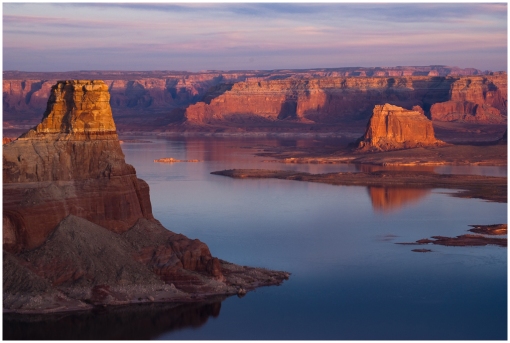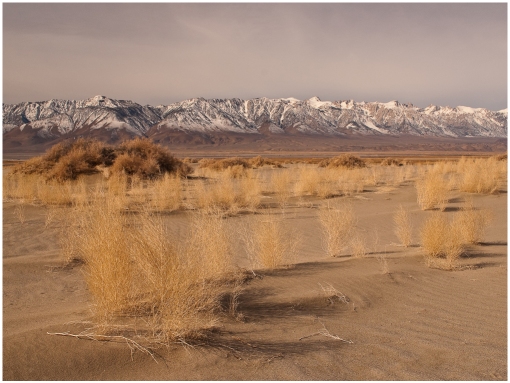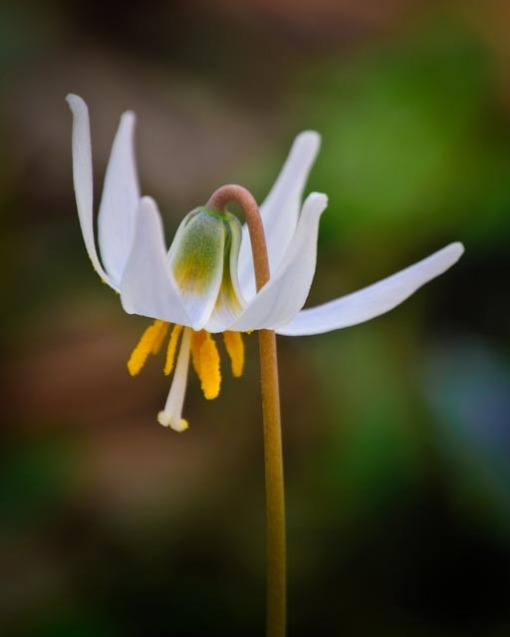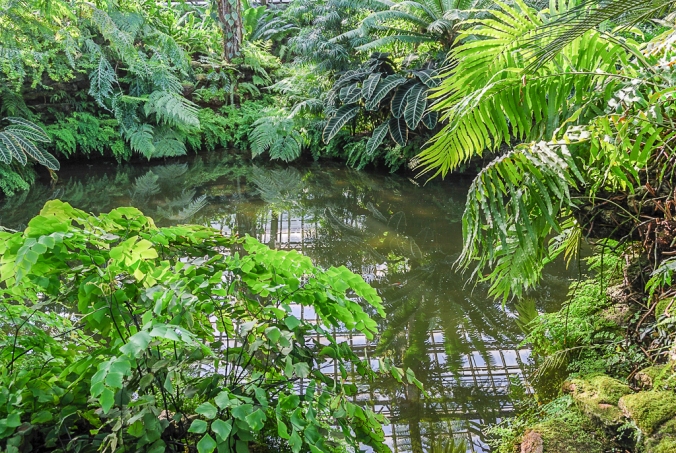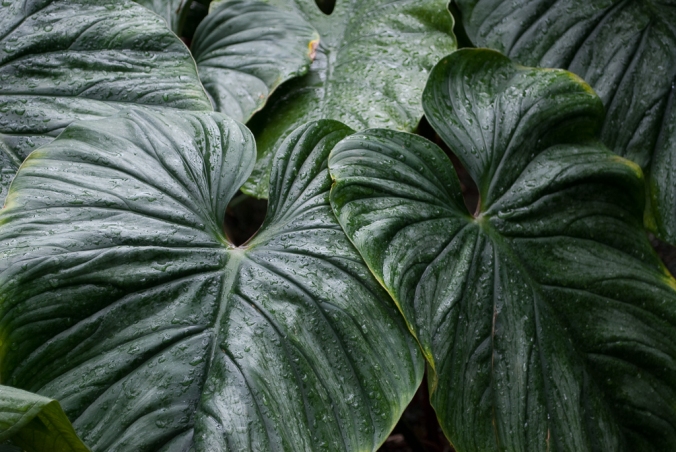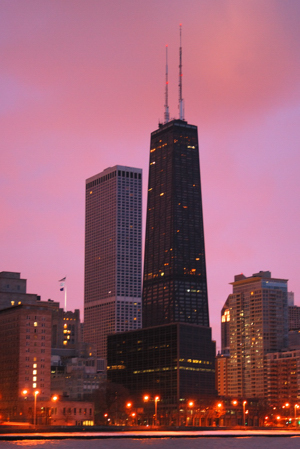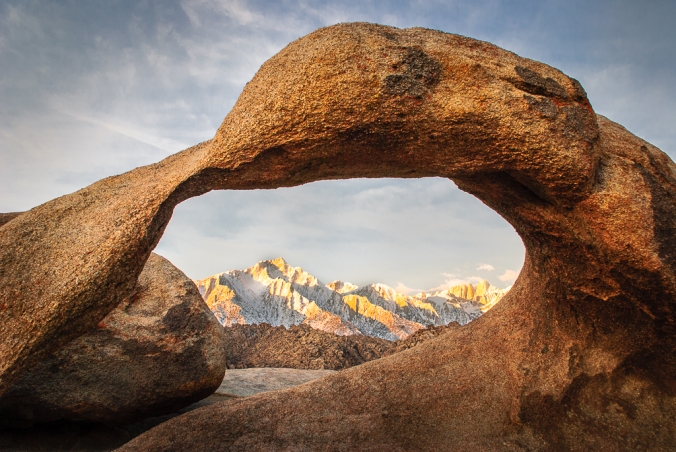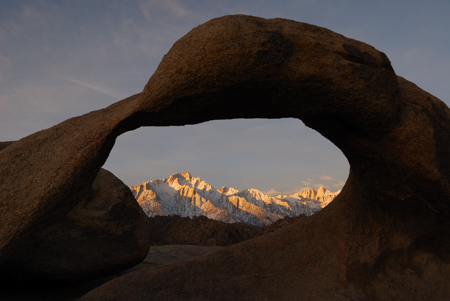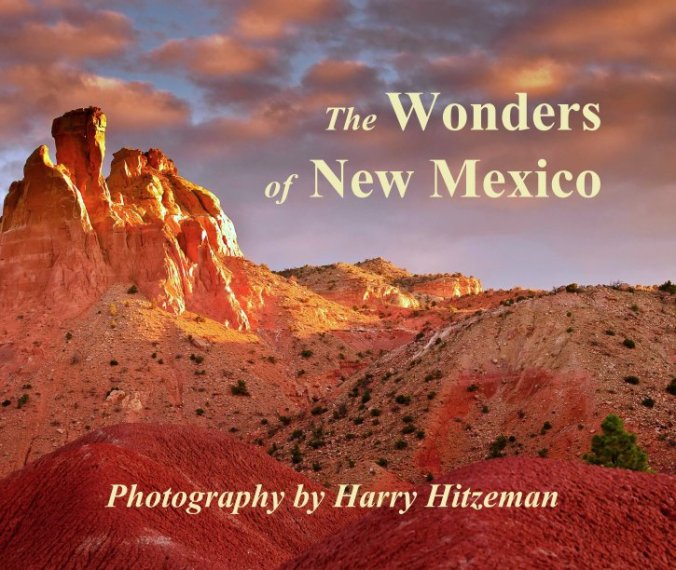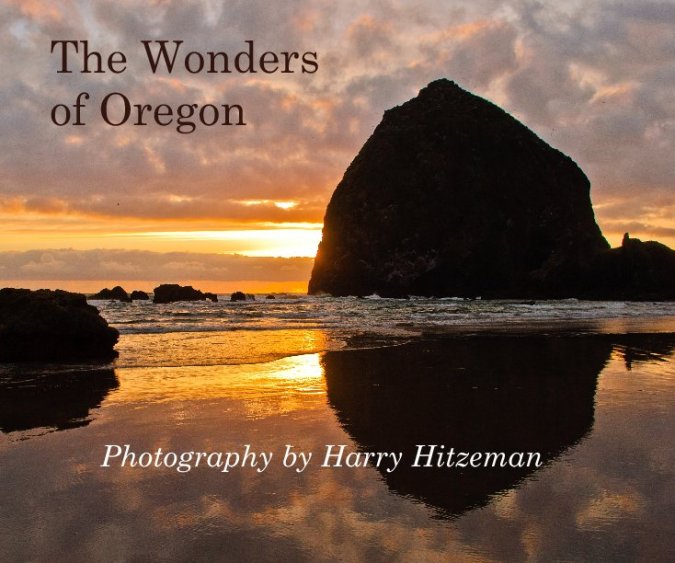“It is not enough to be busy. So are the ants. The question is: What are we busy about?”
— Henry David Thoreau
This past week has been very busy.
Sunday I worked on getting 3 images ready to submit in the April competition of the Mayslake Nature Study and Photography Club.
Monday I attended the club competition meeting and took notes on the judges’ comments on my entries as well as a friend’s, whom I had encouraged to join and also to submit photos. He won an Honorable Mention, and I won an award for the image below titled “Lake Powell Sunset”.
One of the other images I submitted that I really like (and so did Hank Erdmann, one of the judges) is below, titled “Owens Lake”. This scene impressed me with the patience of the sage brush plants in waiting for rain water to make it over the Sierra Nevada mountains. I like the pastel foreground and sky, split by the sharp detail of the snow in the peaks.
Wednesday I studied the amazing moving images created for The Clash of the Titans (I’ll spare you my Kraken jokes!).
Thursday I completed building 4 DIY Plamps to hold plants steady in the field when I’m photographing them.
Friday I attended Photoshop for Digital Photographers, a live day-long workshop presented by Scott Kelby, and also enrolled in a two-year membership to the National Association of Photoshop Professionals (NAPP). I learned a lot of stuff I didn’t know that I didn’t know, and will be studying more over this year (and beyond). Whereas 2009 was the Year of Learning How to Capture the Image Data, 2010 will be the Year of Learning How to Enhance the Image Data. (Ansel, we’re not in Kansas anymore!) I also learned that my friend Jen bought herself a new camera for her birthday because she was inspired by how much FUN I was having!
Saturday I went on an outing with 8 other photography club members to the Morton Arboretum here in Dupage County, getting down in the mud to shoot wildflowers.
And today, Sunday, I installed my new Dell 24-inch monitor, which shows great color, much better than my old one.
Whew!! Sometimes I can feel a tad overwhelmed with so much to learn, so much equipment to buy, so many years of work to go to get as good as I want to be. But that’s just a thought that doesn’t feel good, and wears me down. To get back to a state of calm, measured excitement, I like to remember these closing words from Desiderata:
You are a child of the universe no less than the trees and the stars; you have a right to be here. And whether or not it is clear to you, no doubt the universe is unfolding as it should.
Therefore be at peace with God, whatever you conceive Him [or Her or It] to be. And whatever your labors and aspirations, in the noisy confusion of life, keep peace in your soul.
With all its sham, drudgery, and broken dreams, it is still a beautiful world. Be cheerful. Strive to be happy.
— Desiderata
So. Go ahead. Gaze at the stars. Hug a tree. Create and appreciate beauty.
And … be happy!
